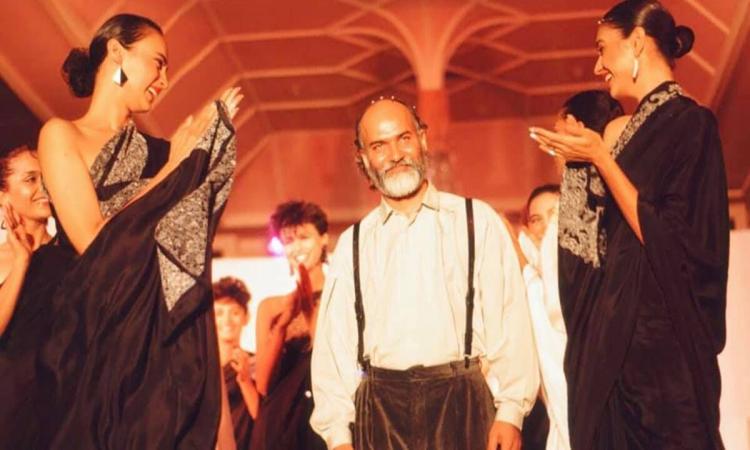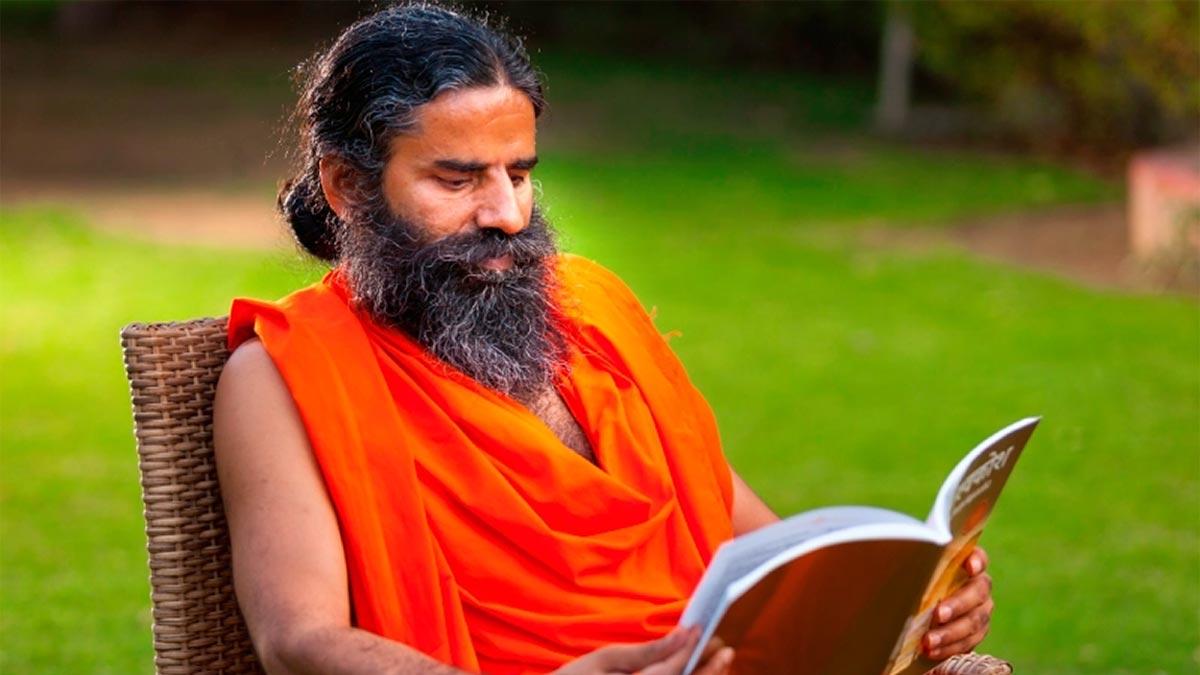Inspired by artists including the likes of Raja Ravi Verma, Pablo Picasso, S H Raza, 35 years ago an aspiring fashion designer launched his own brand, by his own name, with nothing but pure talent to support him along the way. And hence began the iconic journey of an acclaimed fashion designer, Satya Paul who was credited with revolutionizing saree wear in the country. On Thursday Satya Paul breathed his last in Coimbatore. He was 79.
Born on February 2, 1942, in Layyah (now in Pakistan), Satya Paul and his family, similar to millions of others, were uprooted during partition and moved to Delhi, India with nothing in hand. After running a successful restaurant in Sarojini Nagar with his father for a while, Satya decided to pursue his interest in textiles by opening up a store.

The struggle was intense. From that I decided to enter the textile business as I thought it would be less taxing, though one was to see equally challenging times ahead. The store (in Delhi) was the one that I started in 1965. It stored everything from men’s and women’s garments to home furnishings. It was needed to develop the market,” he said in a 2010 interview by DNA.
Self-taught in fashion designing and with no formal training, Paul launched the first saree boutique in India, L’Affaire in 1980. In absolutely no time, he laid the foundation of his very own label, Satya Paul on April 1, 1985. His venture appealed to the fashion game of the country in the 90s, with its myriad colours, vivid and striking patterns, and eclectic prints as he shattered traditional stereotypical grounds.

“I had to self-teach myself about design and quality as I was not content only with trading. Wanting to offer better quality and design, the search took me far and wide and helped shape a life of creation. Later, I started exports and then the first ‘boutique’ store for sarees. My label was born in 1985,” he said in the same interview.
Satya Paul's designs were primarily abstract as he reimagined the concept of a basic saree and revamped it with modern art, polka dots and geometrical designs and stripes. Based on stories and paintings depicting the rich history of India, his 'choreographed' prints illustrated concepts that went behind every hand-printed or embroidered piece.
Beginning with sarees, Satya Paul also ventured into diverse and illustrative woman wear and went on to work on a dedicated range of accessories including men's corporate additions. No wonder some of the most legendary actresses and models of the country donned his designs and big fashion houses wanted to collaborate with him. Satya Paul, is regarded as one of the most renowned ethnic brands in the country, mostly because it's not merely a brand, but an artistic, lyrical and wholesome experience in itself.
But despite reaching the realm of popularity in the fashion world, Paul was a grounded and shy person in real life, he let his work speak for himself, as opposed to sending out media interviews. Hence, his interest in spirituality, he seeked philosophers well through the 70s and discovered Sadhguru in 2007, venturing on the path of yoga. He moved to Sadhguru's Isha yoga center in 2015 and had been living there ever since.
Paul suffered a heart stroke on December 2 and was shifted to a hospital for recovery. However, upon his insistence, he was moved back to the yoga center and passed away on January 6. Paul's son, Puneet Nanda announced his passing away and even Sadhguru expressed his grief through a tweet in Paul's memory. His death comes as a shock to the fashion industry and his iconic contribution is going to leave a huge void, never to be filled.


















